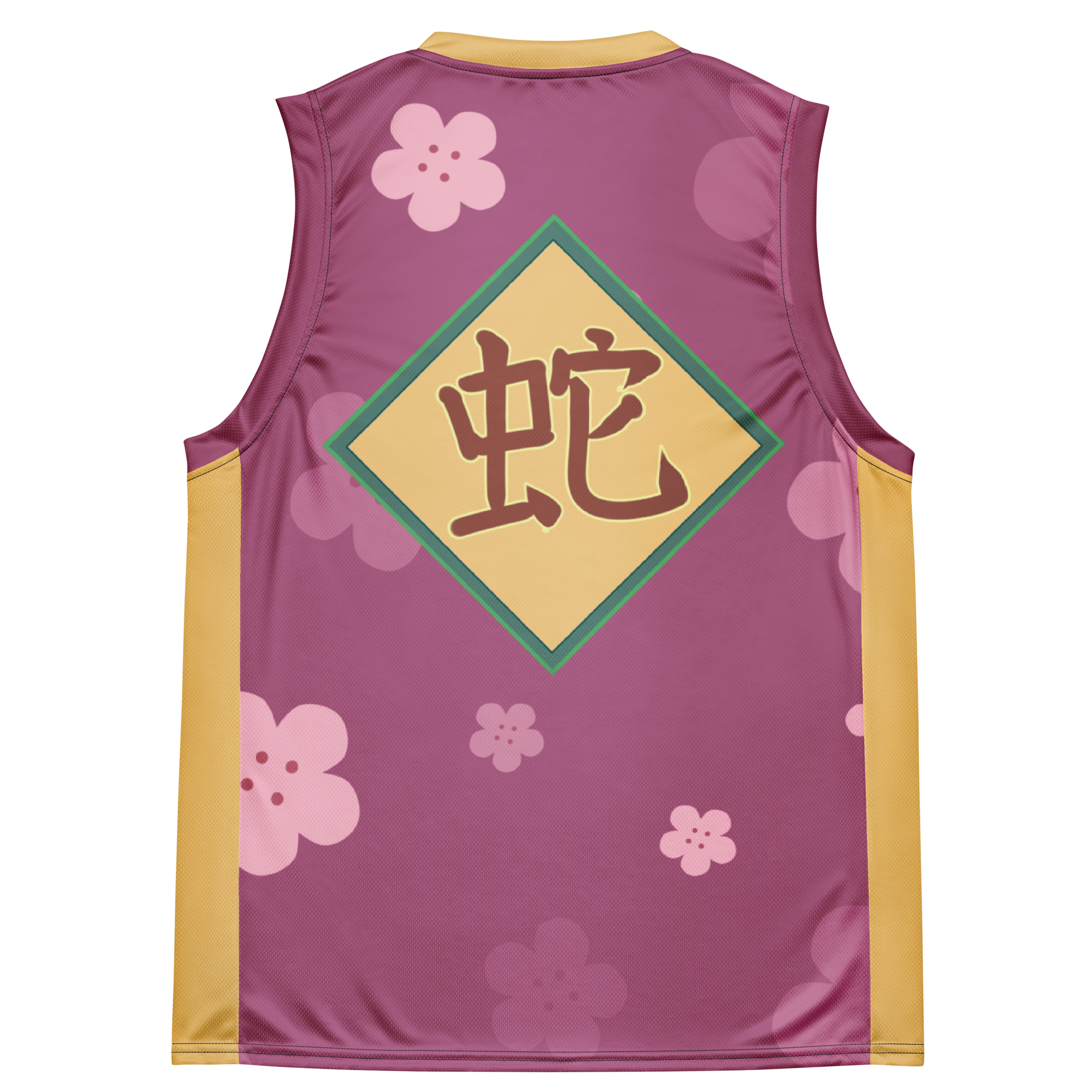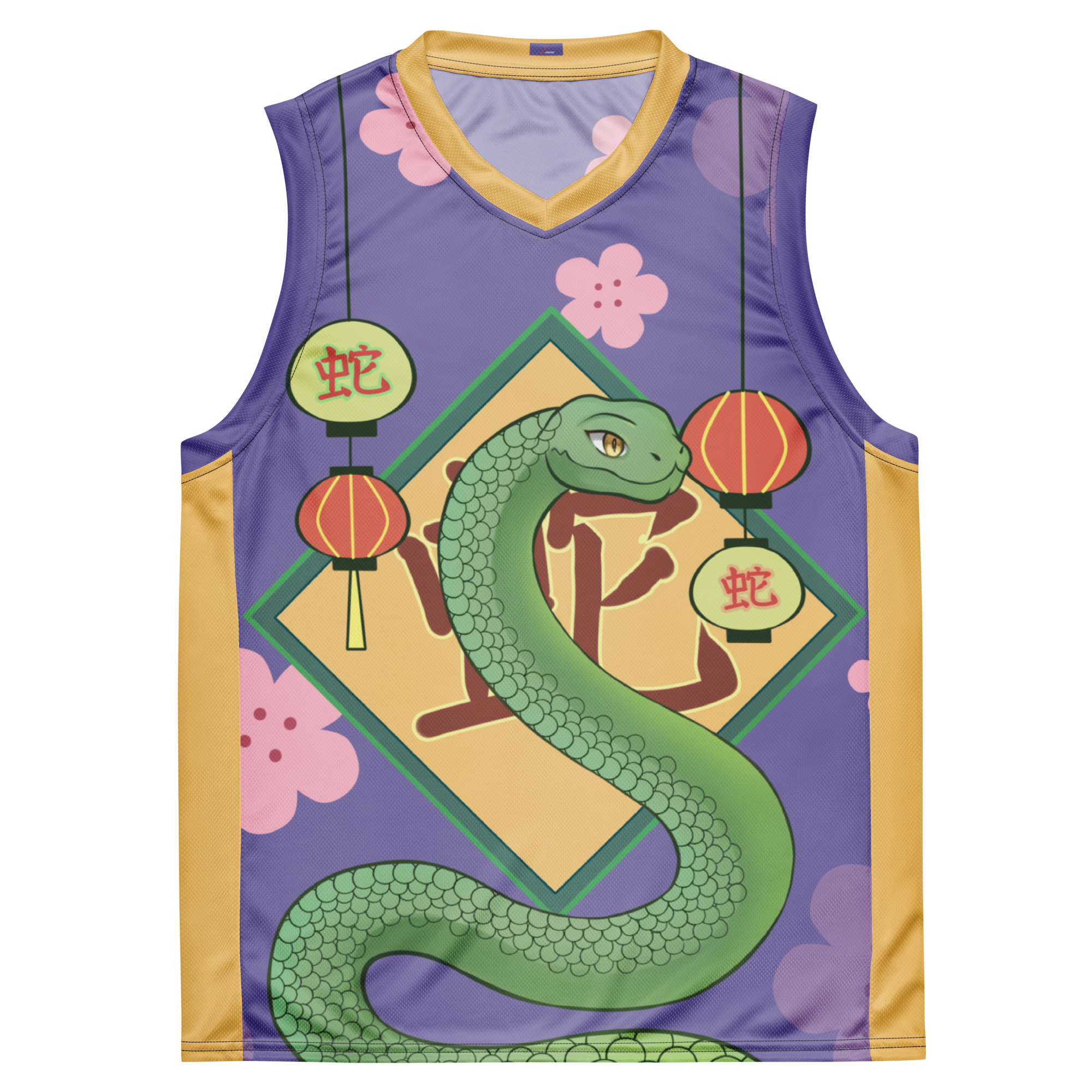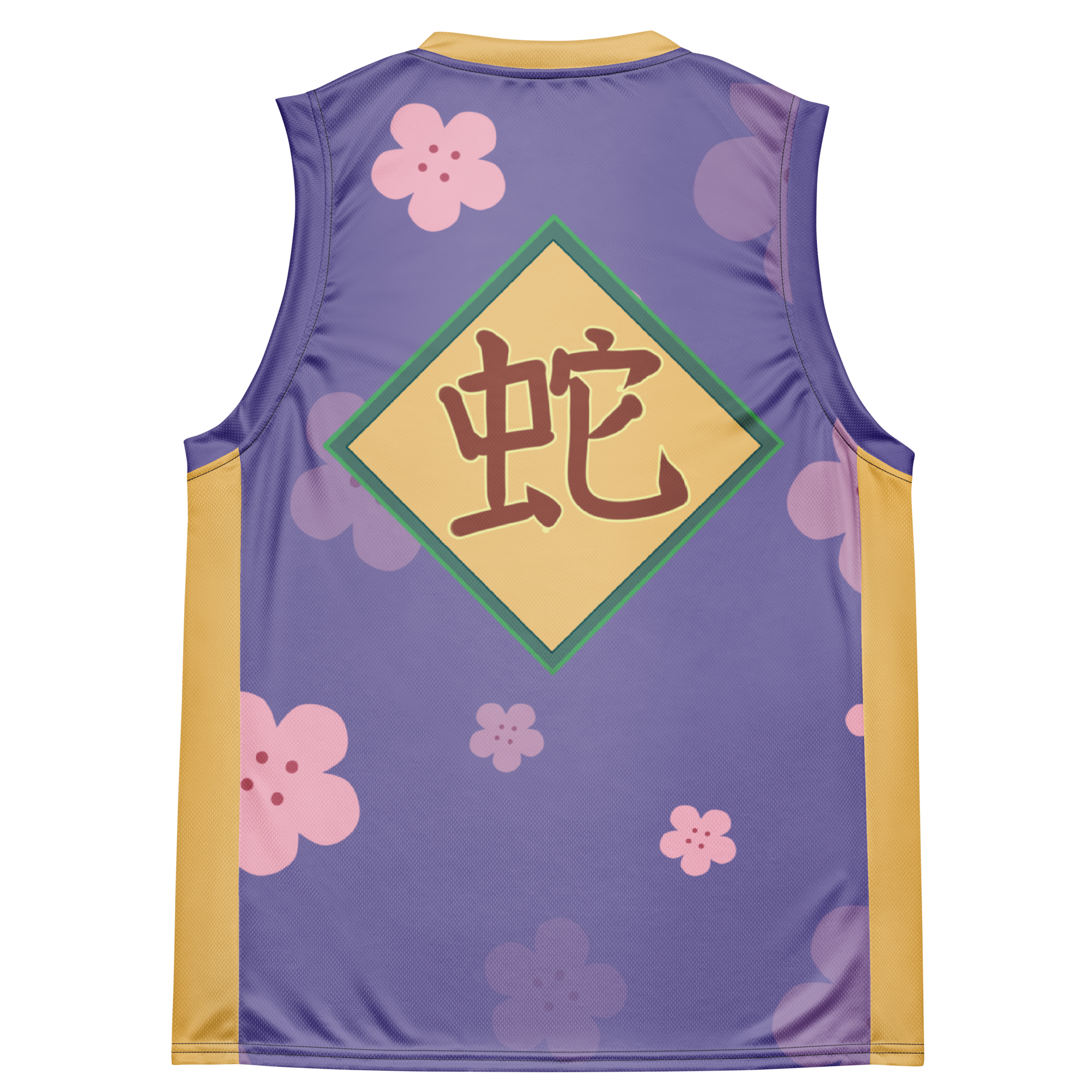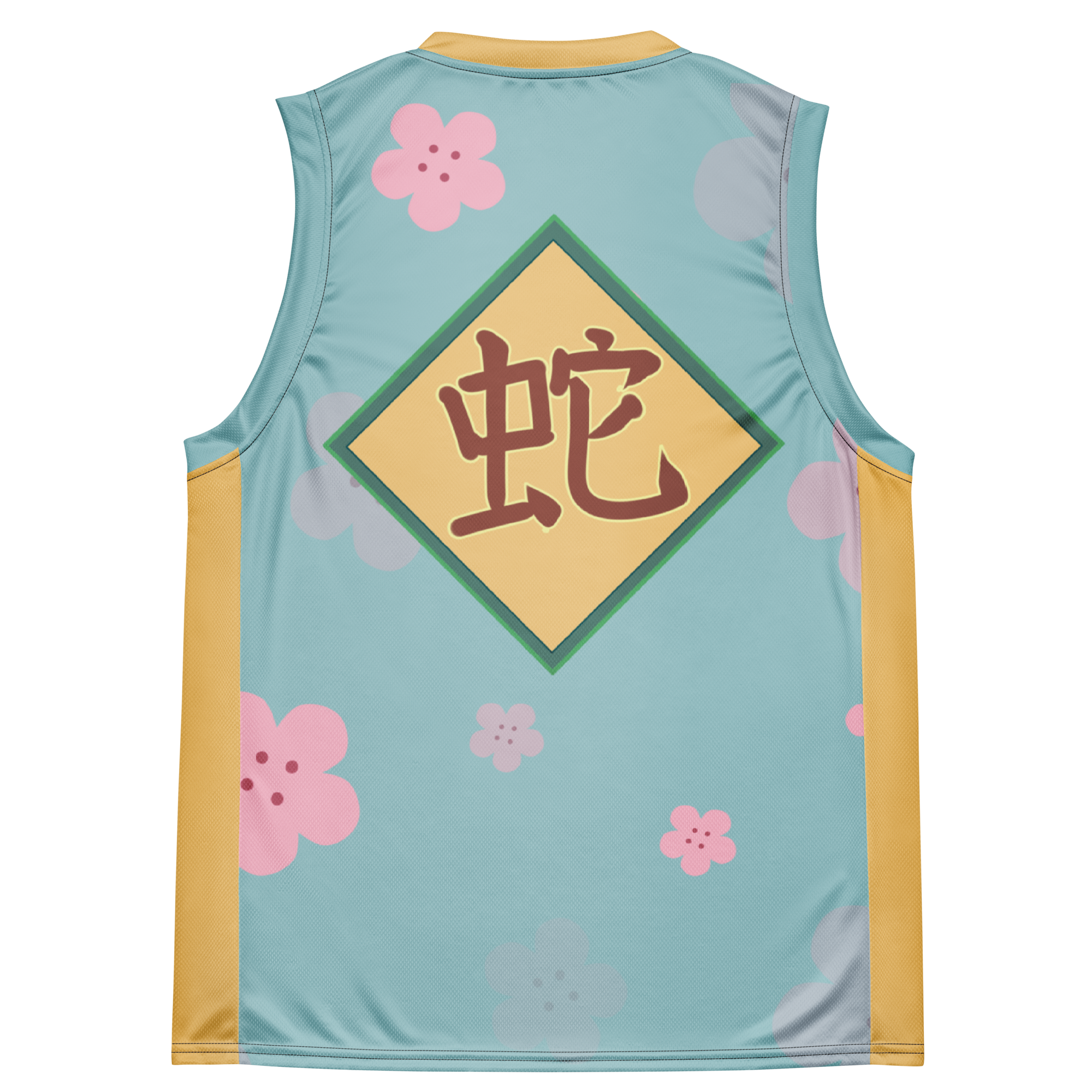Discovering the Phenomenon of J-Pop: An Introduction for Newcomers

J-Pop, a delightful concoction of sound that marries the East and West, has been known to cast a mesmerizing spell on its listeners. Imagine the vibrant energy of Western pop music entwined with the intricate melodies and unique aesthetics of Japanese culture. That's J-Pop for you!
In the world of J-Pop, prepare to have your senses dazzled. This is not just about the music, it's a full-fledged cultural phenomenon. You'll find that the genre doesn't just stop at catchy tunes and impressive vocals. Oh no, it encompasses captivating performances, colorful music videos, and fashion statements that can range from the charmingly quirky to the outright avant-garde.
One might even say that J-pop is like a multi-flavored musical sushi roll. Each bite brings a different taste, sometimes sweet, sometimes spicy, and occasionally even a bit sour, but altogether an experience that leaves you craving more. It's a journey through a sonic landscape where tradition meets modernity, and simplicity coexists with complexity.
So buckle up, my friend. You're about to embark on a journey into the fascinating world of J-Pop. Be prepared for an auditory adventure that's as diverse and dynamic as the Land of the Rising Sun itself. Welcome to the J-Pop universe - it's going to be one heck of a ride!
What is J-Pop?
Genre Definition
J-pop, short for Japanese pop, refers to popular music originating from Japan. It encompasses a wide range of musical styles, including pop, rock, electronic, dance, folk, and traditional Japanese music. The term was coined in the 1990s to distinguish Japanese pop music from foreign music. J-pop songs are typically very upbeat and cheerful, with catchy melodies and hooks. They often feature synthesized instruments, auto-tuned vocals, and high production values.
Some defining characteristics of J-pop include:
-
Catchy and repetitive choruses
-
Syncopated rhythms
-
Major and minor key modulations
-
High-pitched female vocals
-
Upbeat danceable beats
-
Energetic and positive lyrics
-
Intricate choreography in music videos
J-pop encompasses a variety of genres like pop, dance, rock, R&B, electronic and traditional Japanese music. Some popular J-pop subgenres are:
-
Idol pop - Performed by young "idols," typically in groups. It is very commercialized and focuses on catchy songs, looks, and personality.
-
Rock - Japanese rock music with origins in Western rock. Pioneered by bands like Happy End.
-
Electropop - Combines electronic music and pop. Uses synthesizers, drum machines, and auto-tune.
-
Dance/Club music - Upbeat EDM and dance music are often played at nightclubs.
-
Kayōkyoku - A traditional Japanese pop genre from the pre-war era.
-
J-Urban - Japanese R&B and hip-hop music scene.
So in summary, J-pop is an umbrella term for the diverse pop music scene in Japan spanning multiple genres from traditional to contemporary.
Common Themes
J-pop songs have some common themes and subjects that they explore. Here are some of the most popular themes found in J-pop music:
-
Love - Romantic love is a prevalent theme, in pop music worldwide. Songs explore feelings of new love, heartbreak, longing, etc.
-
Inspiration - Songs encourage listeners to pursue dreams, overcome challenges, and cheer them on.
-
Joy - Feel-good songs with upbeat melodies to spread joy and positivity.
-
Nostalgia - Sentimental songs reminiscing about good times from the past.
-
Nature - Some songs use nature imagery and metaphors to explore themes.
-
Change and Growth - Songs discuss personal growth, self-improvement, and moving forward.
-
Gratitude - Expressing thankfulness and appreciation for relationships, opportunities, etc.
-
Friendship - Valuing friendship and bonds between people.
-
Seasons - Songs related to seasons like spring, summer, fall, and winter are common.
-
Food - Food is a recurring quirky theme, like songs about chocolate or ice cream.
J-pop lyrics are typically positive, and innocent and avoid controversial subjects. Themes focus on universal human experiences and emotions. Even songs about heartbreak have an underlying positive and hopeful tone. The themes appeal to listeners of all ages and backgrounds.
History of J-Pop
Origins
The origins of Japanese popular music can be traced back to the late 19th-century introduction of Western music styles into Japan. Some key developments include:
-
1869 - The first Japanese music school was established to teach Western music.
-
1880s - Military bands playing Western marches became popular.
-
The early 1900s - Jazz and blues influenced the Japanese music scene.
-
1910s - Traditional Japanese pop genre "ryūkōka" emerges.
-
1920s/30s - Jazz cafes and ballroom dancing gained popularity in Japan.
-
1930s - Rise of the "kayōkyoku" pop genre in Japan.
-
Post WWII - American pop influenced Japanese music through radio and US troops.
-
1960s - Rock music became popular with Japanese bands like The Tigers.
-
1970s - Folk and new music emerged led by singers like Yosui Inoue.
-
1980s - The J-pop industry expanded with idol groups like Onyanko Club.
-
The 1990s - The term "J-pop" was coined and the genre grew internationally.
So the origins of modern J-pop can be traced to Japan's exposure to Western pop music styles combined with traditional Japanese pop genres. It evolved over decades by absorbing influences from jazz, rock, folk, and other international trends.
Influences
There is a diverse range of musical influences that have shaped the development of J-pop over the decades. Here are some of the major influences:
-
Traditional Japanese music - Influences from genres like enka, kayōkyoku, and traditional instruments.
-
Western pop - American and European pop music styles ranging from jazz to disco.
-
Rock and folk - Rock bands of the 60s/70s and folk singers inspired new styles.
-
Idol pop - The idol genre which started in the 70s inspired imitation.
-
Dance/Electronic - Disco, house, techno, and other dance music impact sounds.
-
Hip hop - Japanese hip hop emerged in the 80s and crossed over with pop.
-
Anime/Games - Music from anime and video games have become J-pop hits.
-
K-Pop - The rise of K-pop has impacted J-pop style and marketing.
While initially influenced by Western music, J-pop has evolved its own unique sound and identity. Globalization has led to increased hybridization with genres from around the world. The influences keep expanding as J-pop continues to adapt to new trends while holding onto its core musicality.
Notable J-Pop Artists
Popular Singers
Some influential and top-selling J-pop solo artists over the decades include:
-
Hibari Misora - One of the most famous J-pop artists of the 20th century. She made her debut in the late 1940s and recorded over 1,200 songs. She was known as the "Queen of Kayōkyoku."
-
Ayumi Hamasaki - The best-selling Japanese solo artist of all time. She debuted in the late 1990s and is known for her pop-rock songs, fashion style, and high album sales.
-
Namie Amuro - A singer, dancer, and fashion icon who rose to fame in the 90s. Her music integrates R&B, hip hop dance, and reggae elements.
-
Hikaru Utada - A highly influential singer-songwriter who pioneered "J-Urban" music. She has sold over 38 million records worldwide.
-
Kumi Koda - A popular R&B and dance-pop artist of the 2000s. She is one of Japan's highest-selling female artists of all time.
-
Ayaka - A singer-songwriter recognized for her piano ballads and emotive vocals. She has earned domestic and international success.
-
Ringo Sheena - An eclectic pop-rock artist who produces much of her own music. She is known for her deep evocative lyrics.
-
Kyary Pamyu Pamyu - An electropop singer who embodies the "kawaii" culture of J-pop. She gained global popularity through social media.
These are just a few standout examples among many influential J-pop soloists over the past few decades. Veteran artists along with newer acts continue to shape the diverse musical landscape.
How J-Pop Became So Popular
Cultural Impact
There are several aspects of Japanese culture that have contributed to the widespread popularity and influence of J-pop:
-
Music education - Strong emphasis on music programs and education from a young age.
-
Karaoke culture - Singing karaoke is a major pastime and builds music appreciation.
-
Fan engagement - Devoted fan base supporting artists through fan clubs and events.
-
Pop media - Integration with popular anime, dramas, films, and games.
-
Technology - Early adoption of new tech like high-quality CDs boosted music sales.
-
Dance culture - Dance and choreography is a key part of performances.
-
Fashion - J-pop stars influence fashion trends and pop culture.
-
Live shows - Elaborate concerts and live events with spectacular production.
J-pop has become deeply embedded into Japanese pop culture. The music energizes youth culture while also providing nostalgia. This cultural resonance and support have bolstered its popularity.
International Audience
Several factors have contributed to J-pop finding a growing international audience beyond Japan:
-
Internet - YouTube, social media, and music streaming exposed J-pop globally.
-
Anime - The popularity of anime soundtracks sparked interest in Japanese music.
-
Live shows abroad - Artists performing overseas draw new audiences.
-
Foreign members - Some J-pop groups add foreign members to appeal globally.
-
Lyrics in English - Songs with English lyrics make J-pop accessible.
-
Foreign promotions - Targeted marketing and partnerships overseas.
-
Cultural exports - Japanese cultural influence through food, fashion, etc.
-
Universal themes - Themes of love, dreams, and fun resonate globally.
The international spread of J-pop has been driven by the internet and global connectivity. Fans around the world can now easily access Japanese music videos, concerts, and artist information online. J-pop record labels have taken advantage of this by promoting their artists through YouTube and social media campaigns aimed at overseas viewers. K-pop's global success has also stimulated interest in other Asian pop music genres like J-pop. Some J-pop groups now regularly tour and hold special events for international fans. Collaborations between Japanese and Western artists also introduce J-pop to wider audiences.
The anime boom has been a gateway for Western fans to discover and develop a taste for Japanese pop music. While the lyrics may not always be understandable, J-pop's infectious melodies, high-energy choreography, and colorful visuals have universal appeal. As J-pop continues to gain global exposure, its popularity looks set to grow even more in the future.
Conclusion
J-pop has become a cultural phenomenon within Japan and increasingly around the world. What started out over a century ago as an imitation of Western pop has evolved into a diverse musical landscape that blends international influences with Japanese traditions. From the infectious melodies of idol pop to the sentimental ballads about love and loss, J-pop articulates universal human emotions against the backdrop of uniquely Japanese culture.
For newcomers, J-pop offers a window into contemporary Japanese culture and sensibilities. As the genre continues to gain worldwide popularity in the digital age, one can expect even more creative fusion and musical innovation from J-pop artists in the future.


































Dejar un comentario